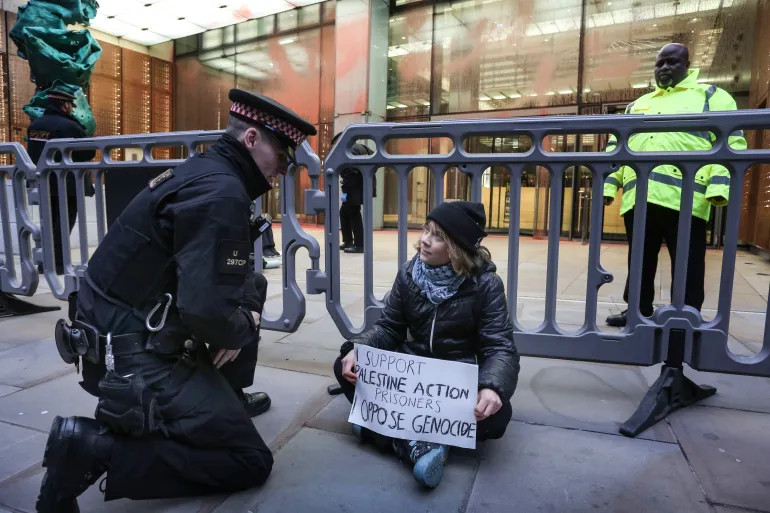CNBC, Bloomberg, and Reuters contributed to this report.
Younger diners may be brown-bagging it, but they’re not exactly tightening every belt loop. Chipotle and Cava both flagged softer traffic from 20- and 30-somethings who are skipping $12 bowls, while Coach’s parent Tapestry just turned in double-digit North America sales and raised its full-year outlook — thanks in no small part to Gen Z.
Tapestry CEO Joanne Crevoiserat said the quarter’s strength came from a wave of new shoppers, particularly the under-30 crowd. The company added about 2.2 million customers globally in its fiscal Q1, with Gen Z making up roughly 35% of those newbies. Contrary to the stereotype that younger shoppers are fickle, Crevoiserat said their retention looks “sticky,” and they’re allocating a slightly bigger slice of their budgets to fashion.
The numbers backed up the swagger. Tapestry posted EPS of $1.38 on $1.70 billion in revenue, topping Wall Street estimates, and bumped its full-year targets to about $7.3 billion in sales and $5.45–$5.60 in EPS. Even so, the stock slipped in early trading as investors digested a cautious holiday guide and lingering tariff noise.
That split screen — handbags up, lunch bowls down — says a lot about today’s consumer. Cava’s finance chief pointed to a pullback among 25- to 34-year-olds tied to higher unemployment in that cohort, the restart of student loan payments, and a general fog from tariffs. Chipotle’s chief echoed the trend: fewer visits from 25- to 35-year-olds. Holiday surveys from PwC and Deloitte tell a similar story, with Gen Z planning the steepest cutbacks of any generation heading into year-end.
“Affordable luxury” is where many of those scarce dollars are landing. Coach’s Tabby bags — often selling at full price — helped offset tariff pressure without across-the-board price hikes. Beyond the US, Tapestry notched a 19% rebound in China and a 32% pop in Europe, underscoring that demand for attainable status pieces is still there, even as shoppers get choosier.
It’s not all runway. Kate Spade remains a work in progress, with fewer SKUs, tighter discounting, and a reset aimed at long-term brand health over quick volume. Tapestry is also managing a fluid trade backdrop, saying tariffs could keep profit volatility in the mix even as the company nudges margins higher.
The takeaway: younger consumers are cutting back where they can — lunch lines, impulse treats — but they’re still willing to pay up for a bag that feels like an investment and plays at work. In this cycle, bowls are budget. Handbags are a statement.









The latest news in your social feeds
Subscribe to our social media platforms to stay tuned